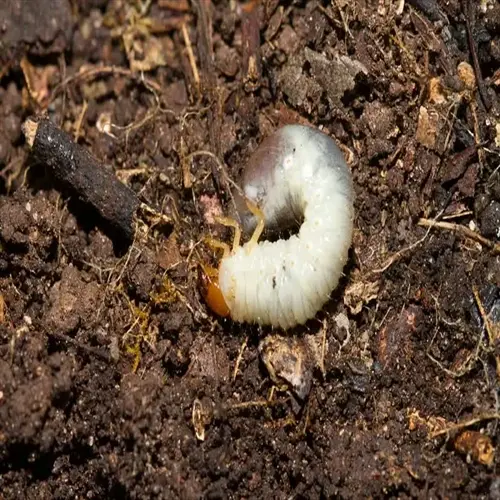How long does ecosystem restoration take after removal?

Written by
Olivia Mitchell
Reviewed by
Prof. Samuel Fitzgerald, Ph.D.The ecosystem restoration process following invasive species removal requires commitments that extend over multiple years, depending on the type of habitat and the degree of damage. One must plan for sequential recovery processes rather than hope for easy solutions. Native communities need time to reestablish complex relationships. Patience and consistent labor will yield lasting results.
Soil Remediation
- Testing residual herbicide levels before replanting
- Applying mycoremediation fungi to break down contaminants
- Amending compacted soils with organic matter for native roots
- Monitoring nutrient balance for 6-24 months
Native Revegetation
- Sourcing local-genotype plants adapted to microclimates
- Implementing erosion control during establishment
- Maintaining irrigation through first drought season
- Achieving 70% cover within 1-3 years
Continuous monitoring disallows reinvasion during recovery. Periodic surveys for invasive regrowth are taken four times each year. Rates of native colonization are noted. Use observations taken through the seasons to control management. Your attention to these monitored areas during the first five years of recovery determines the long-term success rate. I have restored areas of growth where observation and consistent monitoring have increased the rates of native diversity to twice the number formerly existing.
Biodiversity recovery indicates the last phase of return. This takes at least 5 years for more complex food webs to rebuild. You can measure progress through the return of pollinators, seed dispersal ratios, and predator-prey balances. These behaviors determine whether true ecosystem health has been restored.
A successful restoration approach uses principles of management that require adaptation. Adjust techniques based on annual assessments. In areas with a high likelihood of droughts, use species that are resilient to climate change. Your willingness to adapt to unanticipated challenges. Overall, this approach has produced approximately 80% functional recovery within [...]
Read the full article: Invasive Species Control: Ultimate Management Guide

